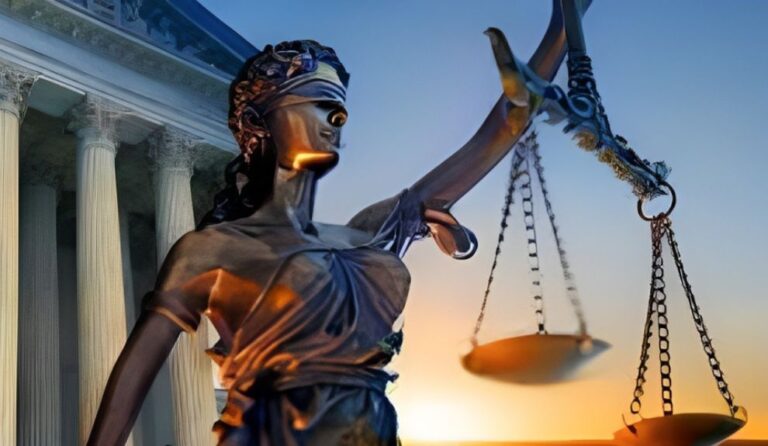In the realm of real estate and property development, it’s not uncommon for legal conflicts to emerge, drawing the interest of both industry experts and the wider public. The Great Western Buildings Lawsuit stands out as one such remarkable legal drama. This prolonged legal dispute illuminated the intricacies of construction and property law, unveiling the intricate network of interests and obligations that oversee expansive development endeavors.
What’s the narrative behind the Great Western Lawsuit?
The Great Western Buildings Lawsuit revolves around an ambitious skyscraper project located in a vibrant urban hub. This endeavor was initially envisioned as an extraordinary architectural achievement, blending groundbreaking design with state-of-the-art technology. A coalition of investors, architects, engineers, and contractors came together to transform this daring vision into reality. However, as construction progressed, a series of unexpected obstacles surfaced, leading to a cascade of legal disputes.
The Central Issues in the Great Western Building Lawsuits
The core of the Great Western Building Lawsuits revolved around a complex web of interconnected issues:
- Prolonged Construction Timelines: Instead of being an uncommon occurrence, construction delays became a significant challenge in this case. The lawsuit aimed to untangle whether these delays were a result of unforeseen circumstances, deficient project management, or contractual disputes.
- Design Deficiencies: As the construction project progressed, design flaws came to light. The central question was whether these flaws were due to inadequate planning or faulty execution, taking center stage in the legal proceedings.
- Contractual Disputes: The contracts binding the numerous parties involved in the project were intricate and layered, involving contractors, sub-contractors, suppliers, and investors. Disagreements concerning project scope, payments, and responsibilities played a pivotal role in the lawsuit.
- Financial Strain: With the project encountering delays and design challenges, financial difficulties became evident. Investors grew concerned about the project’s feasibility and its ability to deliver the expected returns.
- Accountability and Negligence: The lawsuit explored issues of liability and negligence. Determining the responsible parties for the design flaws, construction delays, and financial losses proved to be intricate and multifaceted.
Legal Proceedings

The Great Western Buildings Lawsuit unfolded across several years, encompassing a series of hearings, arbitrations, and negotiations. Throughout this protracted legal battle, each party presented its respective narrative, supported by the testimonies of expert witnesses, an array of documents, and compelling evidence. These legal proceedings placed a spotlight on the intricate facets of construction law, property law, contract law, and the pivotal role of experts in dissecting the case’s technical and financial dimensions.
Conclusion
The Great Western Buildings Lawsuit stands as a testament to the multifaceted and complex nature of large-scale construction ventures. Beyond the courtroom theatrics, it underscored the imperative need for diligence, transparency, and collaborative efforts among all stakeholders engaged in such ambitious undertakings. As the real estate and construction sectors continue to evolve, the invaluable lessons gleaned from this legal saga will undoubtedly exert a profound influence on how future projects are conceived, executed, and overseen.
Also Read About: Bench Craft Company Lawsuit and Its Significance
